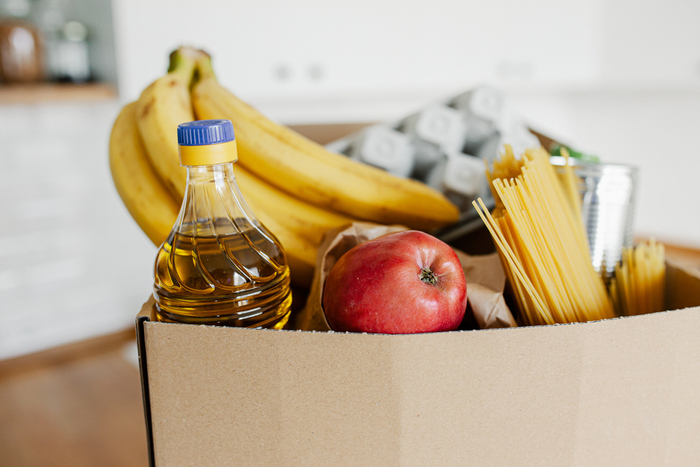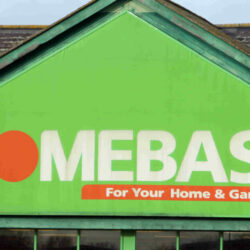The statistics are not going to be a surprise to many: the volume of food surplus wasted around the world each year could feed the world’s 870 million undernourished people four times over. And if global food waste were a country, it would be third largest producer of CO2 emissions behind the US and China.
The extent of the problem is highlighted in a new report by Tesco and the WWF, Driven to Waste, which estimates that of all food grown, 40 per cent goes uneaten. The report investigates pre-farmgate food waste and explains that existing market structures separate farmers from their end market, creating mismatches in the volume of production, time of planting and time of harvest, all of which influence levels of surplus.
Reducing food waste in their own operations is a very real priority for food businesses and retailers, and many have invested heavily in solutions to keep it to a minimum, with an acknowledgment there is more work to be done. However, where there is genuine surplus that is fit for human consumption, the industry has an opportunity to work across the supply chain to ensure that it never becomes waste but is instead used to benefit those in need.
“Reducing food waste in their own operations is a very real priority for food businesses and retailers.”
Alongside the more widely discussed methods of consumer education and better supply chain communication and management, a key part of the puzzle in addressing the food waste crisis is product surplus and food redistribution at all stages of the supply chain.
The impact of the pandemic has significantly increased the demand on local good causes, with causes in Neighbourly’s network responding to a 106 per cent increase in demand for services during the pandemic. Retailers and supermarkets, through their direct touchpoints with the consumer and local communities, are in the perfect position to redirect surplus to prevent it from being wasted and ensure it serves a higher purpose. Across the country, too many people go to bed hungry every night, with the level of food insecurity continuing to rise due to economic fallout from the pandemic and rapidly rising food prices, according to the UN.
Working at a hyper-local level, many retailers are redistributing product surplus to where it can make a positive difference, including shelters and refuges, schools and breakfast clubs, community fridges and foodbanks. In doing so, not only are they helping those that need it most, but they are building trust in their own brand.
“Food surplus only becomes waste when it doesn’t get used.”
Recent research commissioned by Neighbourly showed that 69 per cent of consumers are more likely to trust a company that contributes to the area where they live or work. Subsequently, they are more likely to support a company they trust, which can then positively impact the bottom line.
We must be respectful of the world’s resources and remember that food surplus only becomes waste when it doesn’t get used. Surplus does not become waste as soon as it goes unsold but has a window of opportunity to play an extremely important role in society.
It is not easy to connect with communities on a hyper local basis at scale but, done well, the positive social impact is considerable. As part of an integrated waste reduction strategy, donating surplus to those in the local community that need it most prevents food from ever becoming waste and helps address a significant environmental challenge in the process.
In short, surplus redistribution is good for business, good for society and good for the environment.
Steve Butterworth is the CEO of Neighbourly
Click here to sign up to Retail Gazette’s free daily email newsletter


















